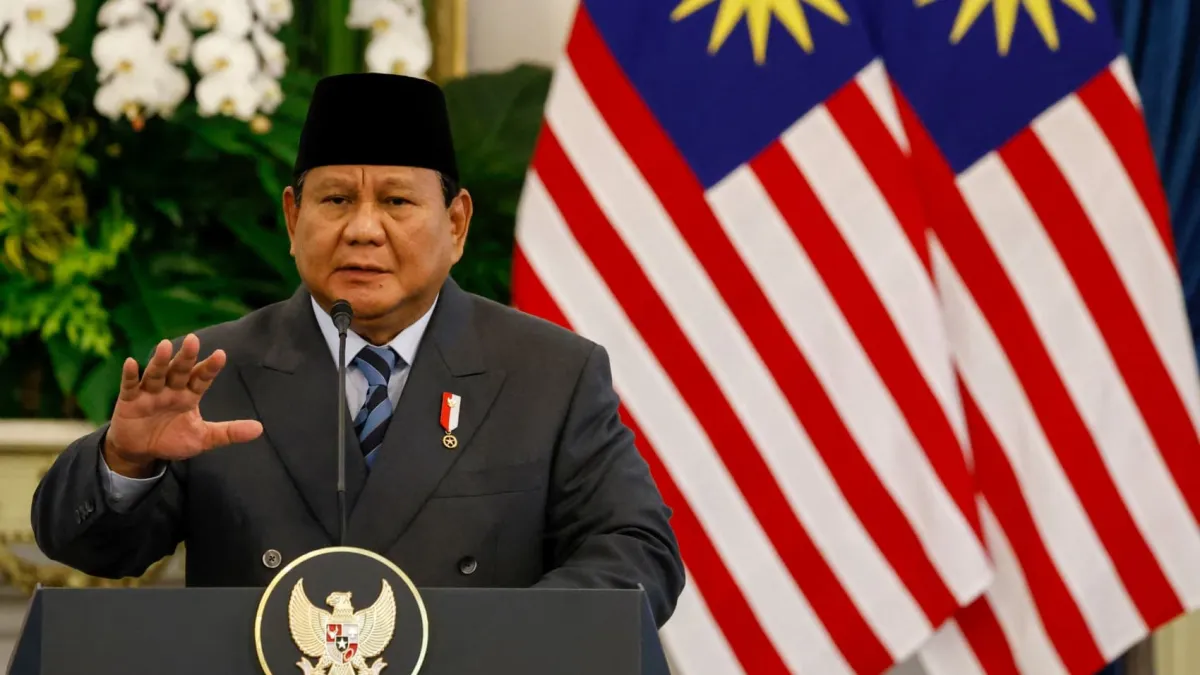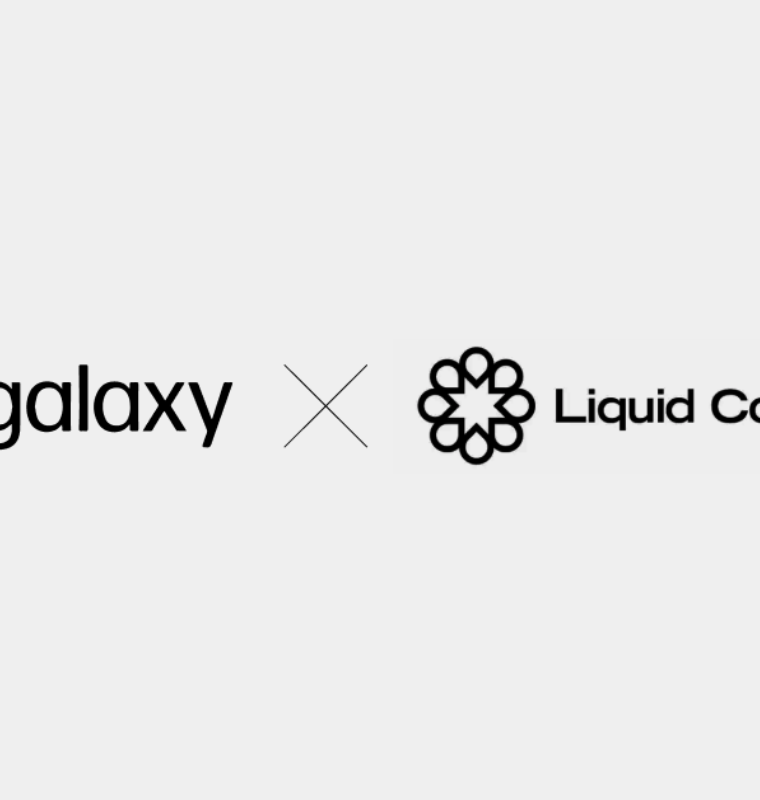U.S. and Indonesia Unveil Reciprocal Trade Deal Framework as Final Negotiations Continue
U.S. and Indonesia Unveil Reciprocal Trade Deal Framework as Final Negotiations Continue
By
Rachel Steinberg
Last updated:
July 23, 2025
First Published:
August 6, 2025

Photo: NBC4 Washington
U.S.–Indonesia Trade Agreement Framework Marks Major Step Toward Reciprocal Market Access
In a significant development for U.S. trade strategy in Southeast Asia, the White House on Tuesday released the formal framework of a bilateral trade agreement between the United States and Indonesia. The deal, dubbed the “Agreement on Reciprocal Trade,” aims to eliminate nearly all Indonesian tariffs on U.S. exports while setting a 19% tariff rate on Indonesian goods entering the American market.
Key Terms of the Framework
The agreement includes several major elements:
- Tariff Elimination by Indonesia: Jakarta has agreed to remove nearly all tariffs on U.S. imports, expanding access for American products across agriculture, technology, and manufacturing.
- 19% U.S. Tariff on Indonesian Imports: The U.S. will impose a 19% tariff—higher than the current 10% base tariff applied to most nations, but far lower than the 32% rate Indonesia initially faced under President Trump’s “Liberation Day” tariff policy in April.
This new rate significantly softens the blow of earlier punitive measures while signaling a more cooperative trade posture between the two countries.
Strategic Commercial Agreements Included
Beyond tariffs, the trade framework includes several large-scale commercial agreements:
- $3.2 billion aircraft deal, likely involving U.S. manufacturers like Boeing
- $15 billion in energy purchases, potentially covering liquefied natural gas, oil, and clean energy technologies
These deals are part of a broader effort to reduce the U.S. trade deficit with Indonesia, which stood at $17.9 billion in 2023, according to the Commerce Department.
Bilateral Trade Snapshot
Indonesia is currently one of America’s top 25 trading partners, with total two-way trade in goods exceeding $38 billion in 2024. However, high tariffs and regulatory hurdles have limited U.S. market penetration in Indonesia, particularly in sectors like agriculture, telecommunications, and digital services.
Next Steps: Final Talks and Legal Formalities
The joint statement from the White House and the Indonesian government confirmed that negotiations will continue in the coming weeks to finalize legal texts and complete domestic formalities. Once those are complete, the agreement will be prepared for official signing and enforcement.
According to the statement, both sides will also work to address “non-tariff barriers,” which often include licensing rules, technical standards, and regulatory restrictions that hinder foreign market entry.
Political and Strategic Context
The announcement comes just days after President Trump claimed on social media that he had finalized a deal with Indonesia following a direct call with President Prabowo Subianto. Tuesday’s statement formalized that announcement and outlined the scope of the framework in greater detail.
U.S. Trade Representative Jamieson Greer called the deal a “major win” for American producers. “Today’s announcement shows that America can defend its domestic production while obtaining expansive market access with our trading partners,” he said.
Greer emphasized that the deal would benefit both traditional exporters and newer sectors like digital services. “American businesses will gain unprecedented certainty in the Indonesian market,” he added, while thanking Indonesian Minister Airlangga Hartarto for his commitment to fair and balanced trade.
Wider Context: Southeast Asia Trade Push
This agreement joins a small group of trade frameworks recently announced by the Trump administration, including outlines with the United Kingdom, China, Vietnam, and the Philippines. However, the terms of several of these deals—particularly with Vietnam and the Philippines—have not yet been publicly confirmed by the participating countries.
At the same time, Trump has issued warning letters to multiple trade partners, outlining new tariff schedules expected to take effect on August 1, a move that analysts believe is intended to pressure countries into faster deals.
The U.S.–Indonesia trade framework offers a glimpse into Washington’s evolving strategy in Southeast Asia: combining tough tariff leverage with incentives for long-term investment and market access. While the final agreement still awaits formalization, the deal represents a high-stakes shift in one of the region’s most important bilateral relationships.
Popular articles
Subscribe to unlock premium content
Disney’s Timeless Magic and How the Entertainment Giant Continues to Shape Culture and Innovation

Imran Khan’s Economic Missteps Amid Political Chaos in Pakistan

The Philippines’ Digital Shift How Remittances and BPO Are Fueling Growth

Disney’s Timeless Magic and How the Entertainment Giant Continues to Shape Culture and Innovation

Imran Khan’s Economic Missteps Amid Political Chaos in Pakistan

Disney’s Timeless Magic and How the Entertainment Giant Continues to Shape Culture and Innovation









